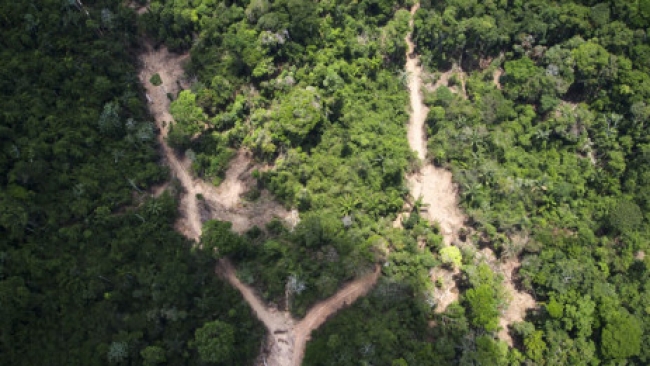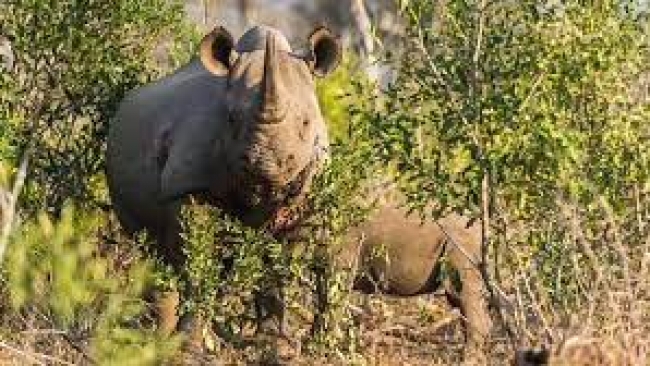South Africa should sort out the bad from the really bad on its invasive species list
.jpg)
Alien species have been introduced to Africa for a variety of reasons. They provide food, raw materials for industry, ornamental plants, recreation in the form of sport fishing, hunting and pets. Some that are highly valued have been moved around widely. And in some areas they now form prominent components of societies and ecosystems like the domestic cat for example.
Many alien species bring considerable benefits. But some have become invasive, causing a loss of biodiversity, changes to ecosystems, economic losses and, in some cases, even affecting people’s health.
The shrub Prosopis or mesquite is an example. It was introduced to South Africa to provide fodder, firewood and shade in arid parts of the country. But it’s also a major water user. And two trout species (S. trutta and O. mykiss) are used for recreational angling and commercial aquaculture. But they’ve also been implicated in having a negative effect on the environment.
Managing invasive species is therefore critical. In South Africa the movement and use of 552 listed invasive species are managed under the Biodiversity Act and regulations attached to it. But not all the species on the list are equally harmful. Several may in fact be relatively harmless.
All the listed species under these regulations require management. Given that the capacity is limited, regulations should arguably focus on priority species because not all are necessarily harmful to the extent that would justify spending large amounts of time and effort on keeping them under control.
The question then is: are there some species that could be removed from the list? In our recent study we set out to answer this question by classifying species as inconsequential, beneficial, destructive or conflict generating species. This was done by assessing the relative degree of benefit they brought and their negative effects.
Source: The Conversation
Fri 12 Jan 2018 at 11:03




.jpg)
